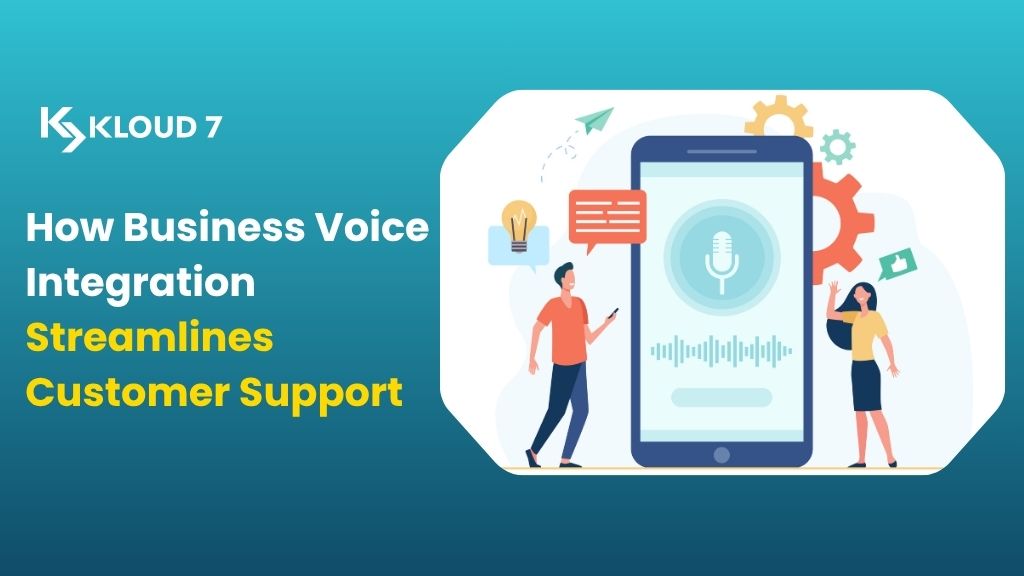In today’s hyper-connected world, efficiently and reliably transmitting data, voice, and video is the heart of communication. Whether it’s a basic phone call, a live video conference call, or the flow of mission-critical data across corporate enterprise networks, the act or process of transmitting is very essential. And while sometimes an afterthought, without the concept of transmit, there would be no voice services, digital messaging, data center-scale communication, IoT-based infrastructure, etc.
This article focuses on the various definitions and uses of transmit, including technical details on transmit, transmit in the context of business communication solutions, and why “transmit” is a building block on which the telecommunications business relies upon.
The Aim of Transmit
Transmission is simply sending signals (data) from one point to another point. In telecommunications, it is related to the transmission of information (voice, video, digital date) over a medium, which can include electrical cables, fiber optic, or wireless radio frequency.
When you make a phone call, send an email, stream a movie, or upload a file to the cloud, you are using some form of transmission, but there is a lot under the covers of complexity in the simple word, especially in enterprise communication systems where speed, reliability, and security are extremely important.
The Real Mechanics of Transmit
The transmitter is at the core of transmission, a device or system, that will take the data and encode it into signals that can travel across a transmission medium. The receiver, in turn, takes those signals and converts them back into usable data. One or more transmission media lie in between these two (wire, fiber optics or airwaves) along with a variety of network elements wherever there are transmission points.
Key Elements of Transmit Technologies:
Analog Transmission: Older systems in the 1970s transmitted voice over copper lines (PSTN) using analog signals.
Digital Transmission: Current systems convert data into binary code enabling higher fidelity and transmission speeds.
Wired Transmission: This includes Ethernet, fiber optics, coaxial cabling, etc.
Wireless Transmission: This includes Wi-Fi, cellular networks, Bluetooth, and satellites.
There are particular benefits to each particular transmission method applicable for different circumstances especially when considering the way in which to design voice services for business applications.
The Role of Transmit in Voice Services
Voice services (analogous to VoIP [Voice over Internet Protocol] and SIP trunking) use various transmit technologies as the cornerstone for real-time communications. Businesses are moving away from traditional land lines to an IP-enabled business world and are counting on sophisticated transmit technologies for both incoming and outgoing communication.
How Does Transmit Provide The Voice Service?
1. Signal Encoding: Human voice is converted to digital signals.
2. Packetization: Each digital signal will be packetized for transmission to the receiver.
3. Transmission: Each packet is sent across an IP network, where the flow of packets is determined by network traffic.
4. Reassembly: The receiver reassembles the packets.
5. Decoding: The decoded output is delivered as audible sound.
It is important to note that at any step, anything greater than a microsecond delay in transmission can affect the call quality, thus reliability and speed of transmission becomes a critical component to voice services.
Importance of Transmit for Businesses
Nowadays businesses rely on transmit infrastructures for everything from VoIP calls to cloud access and data backup. Any inconsistency in the transmission or slowness in the transmission process, can result in dropped calls, lagging video conferences, delayed transactions, and unprecedented loss to productivity.
Business Scenarios That Rely on Transmit:
Remote Work: Employees depend on stable transmission for video calls and sharing files.
Customer Support: Call centers never have breaks in voice transmission.
Healthcare: Telehealth relies on fast and secure transmission of medical data.
Retail: POS systems and inventory tracking receive consistent streams of data.
Construction: Field teams need the ability to connect to remote servers/fields and consistently receive and/or utilize data.
In all of these instances the fundamental ability to transmit data is what became the differentiator.
Transmit Protocols and Standards
Different industries and applications implement different transmission protocols to make use of their performance potential. Some of the more common protocols include:
TCP/IP (Transmission Control Protocol/Internet Protocol): Used in the majority of communication over the Internet.
UDP (User Datagram Protocol): Used in real-time applications such as video streaming and voice over IP (VoIP) because of the extremely low latency.
SIP (Session Initiation Protocol): A very important protocol for establishing VoIP sessions through vendor management tools.
LTE/5G: Utilized in mobile devices or IoT devices to provide high-speed wireless transmission.
Protocols are selected based on organizational transmission needs including speed, reliability, or security.
Transmitting Data Securely
As so much sensitive data is being transmitted (emails, financial information, voice mails), securing transmissions is more important than ever. A transmission that is intercepted or compromised can result in serious data breaches, harm to reputation, and legal implications.
Common Security Practices with Transmit Solutions:
Encryption: Data is encoded during transmission using protocols such as SSL / TLS or SRTP (Secure Real-time Transport Protocol).
Authentication: Provides assurance that the transmitter and the receiver are who they say they are.
Firewalls and VPNs: Provides secure transmission over public networks.
Enterprises deploying secure transmit solutions will be better able to protect their data, and most importantly, keep their customers’ trust.
The Future of Transmission: 5G to Quantum
As technology progresses, the way we transmit data evolves. With advancements in 5G, Edge Computing and Quantum Networking we are ushering in a new era of transmission.
New and Emerging Trends:
5G and Beyond: Ultra-fast and low-latency transmission ideally suited for voice, AR/VR, levels of autonomy, etc.
Fiber Expansion: Gigabit fiber lines improve reliability and increase network capacity for business customers.
Quantum Transmission: Provides theoretically unhackable data transmission via quantum entanglement.
Edge Transmit Solutions: Moves data processing from data center to as close as possible to data-generating devices and applications to minimize data transit time.
It is easy to see how all of these trends matter as an organization begins to consider investing in next-generation communication platforms – particularly those that offer voice services which have real-time requirements.
Managed Transmit Solutions: Make Complexity Easier
Managing transmission infrastructure internally can be costly and inefficient for many firms. This is why more and more firms are using managed transmit solutions. Managed transmit solutions are the end-to-end services provided by the telecom providers, and deliver a complete service, taking care of routing your data, voice calls, security, monitoring and optimisation.
As managed transmit solutions evolve, the benefits have only increased.
24/7 Monitoring: Issue can be identified and rectified proactively.
Scalability: Transmission size can be really easily adjusted as the business needs to evolve.
Quality of Service (QoS): Critical voice and data traffic are prioritised.
Cost Effective: Cuts down staff and the cost of internal supplier equipment.
Firms, wanting to access reliable voice services, often find themselves defaulting to using managed service providers, when seeking consistent transmission and guaranteed uptime.
Transmit and Unified Communications
Modern firms are moving towards Unified Communications (UC) that will comprise voice, video, messaging, and collaboration capabilities. The transmission aspect provides the base layer that is over the top of this technology, and allows each of the elements to perform strongly within their content channel.
Without effective transmission, UC is a hot mess; calls are dropped, messages are delayed, and meetings lag. For the end user and their productivity, before they get the reward of having access to UC, the transmit element needs to be in place for the user, customer experience, and business agility, productivity and results starting to occur.
Conclusion:
Although communications might seem like a passive process, the potential for successful data and voice transfer is one of the most strategic assets for a modern business. Transmission is key to voice services, remote work, and securing communications and lies at the heart of operational success.
Building successful transmit capabilities (sustainable, scalable, and secure) is about far more than speed; it is about creating a communications space for business to flourish. The future belongs to the company that understands and embraces the liberation that seamless, reliable transmission can deliver, whether that is via managed services, cloud solutions, or the most innovative transmission solutions.
For more information visit Kloud7 and learn more.
[/vc_column_text][/vc_column][/vc_row]




